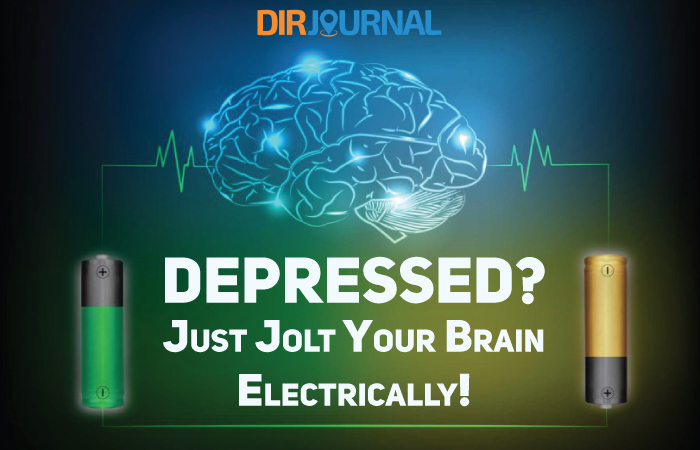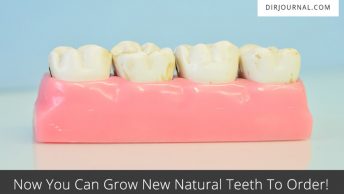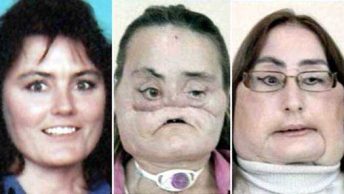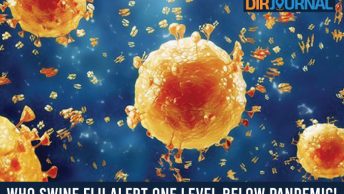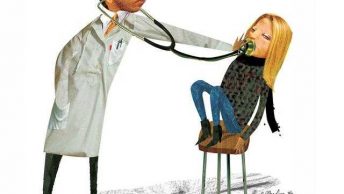When the natural pacemaker of the heart, the sinoatrial node, that tells the heart when to beat, knocks off for some reason, the heart will start beating chaotically because there is nothing to regulate the beats. This is where an artificial pacemaker helps by regulating the heartbeat with its electrical impulses. This is a boon for a heart that is out of whack.
Once you understand how a pacemaker helps the heart, you can imagine a scenario where a pacemaker jolts our brain too, using electrical impulses.
Researchers have come up with strong evidence that a device similar to the pacemaker can jolt the brain circuits related to moods and may have the potential to ease deep depression, for which there is no other treatment as of now.
This astonishing breakthrough is already being hailed as a brave new use of existing technology. Researchers presented evidence at the American Association of Neurological Surgeons’ annual meeting, that deep brain stimulation has the potential to improve depression as well as obsessive-compulsive disorder.
According to Dr. Ali Rezai, Director of the Center for Neurological Restoration at the Cleveland Clinic in Ohio, “Depression is a physiological disorder, and basically we are regulating the abnormal signals to brain causing the depression.”
This research was conducted by Dr. Rezai along with a few scientists from Butler Hospital, Massachusetts General Hospital and Harvard Medical School. Deep brain stimulation was used on 17 patients that were suffering from severe depression, over a 12 month period. At the end of 12 months, these patients showed a 50% decrease in depressive symptoms. When asked how they felt, they reported a far better ability to function, improvement in short-term memory and an overall improvement in the quality of life.
Deep brain stimulation is done by neurosurgeons implanting the stimulation device and then psychiatrists making adjustments in the charge. Neurosurgeons place tiny implantable electrodes into a particular node of the cerebral cortex (gray matter) that is believed to be malfunctioning. The role of the cerebral cortex is to govern information from the movement and senses, and regulate thought and mental activity.
Wires are sent from the cerebral cortex, behind the ear and into the chest, where there exists a source for power, for the electrodes, which send electrical impulses to the brain.
Scientists say that this stimulation blocks the abnormal brainwave activity and this eases the moods, obsessions and other depressive symptoms that are associated with psychiatric disorders.
Researchers make it very clear that this is not a solution for people who have mild depression or feel depressed once in a while and is only meant for people who suffer from major depression and on whom all other forms of therapy, such as drug therapy, psychotherapy and electro-convulsive therapy have all failed. For such people, who have lost all hope of ever getting better, this therapy could prove life-saving. This could put an end to the suicides that are so prevalent in such people and statistics show the suicide rate among people with major depression is as high as 15%.
According to American Association of Neurological Surgeons, deep brain stimulation has been used for a few years now, to treat Multiple sclerosis, Parkinson’s disease and other tremor and pain disorders. However, this is the first ever instance of using it for depression and obsessive-compulsive disorder.
The good news to all those people suffering from major depression is that even those surgeons who are conservative in advocating surgery for psychiatric disorders are confident that deep brain stimulation could prove to be a promising treatment for a whole range of psychiatric disorders.







